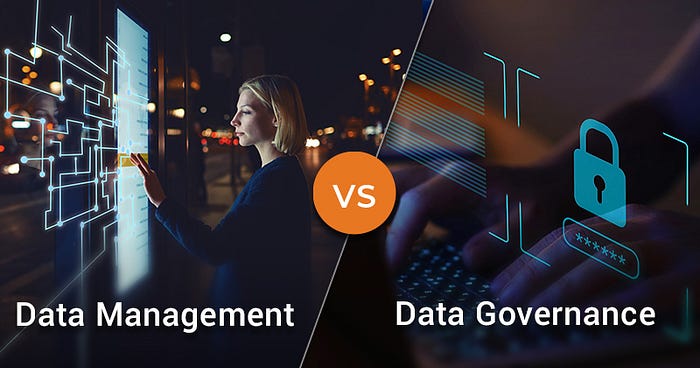Data Management Vs Data Governance: 5 Things You Should Know About

In the realm of modern business, data has become an invaluable asset. Its effective management and governance are crucial for organizations aiming to derive insights, make informed decisions, and maintain regulatory compliance. However, amidst the jargon and complexities, the concepts of data management and data governance often get intertwined or confused. Let’s unravel these terms and explore five key differentiators between them.
1. Definition:
Data Management: Data management encompasses the processes, policies, and practices that organizations implement to manage their data throughout its lifecycle. It includes activities such as data collection, storage, retrieval, and usage, focusing on ensuring data is accurate, accessible, and secure.
Data Governance: Data governance, on the other hand, refers to the framework of policies, procedures, and standards that ensure data is properly managed, protected, and utilized in alignment with organizational goals and regulatory requirements. It establishes rules for data usage, defines responsibilities, and ensures accountability for data-related activities.
2. Scope:
Data Management: The scope of data management is broad and covers all aspects of handling data, including data architecture, integration, quality management, and data security. It is concerned with the technical and operational aspects of managing data efficiently.
Data Governance: Data governance has a narrower focus, primarily concerned with establishing the rules, processes, and controls for data usage and ensuring compliance with regulations and internal policies. It deals more with the strategic and regulatory aspects of data management.
3. Objectives:
Data Management: The primary objective of data management is to optimize the use of data to support business operations, decision-making processes, and strategic initiatives. It aims to improve data quality, accessibility, and reliability to enhance organizational efficiency and competitiveness.
Data Governance: Data governance aims to ensure the trustworthiness, integrity, and security of data by establishing policies and controls that mitigate risks associated with data misuse, unauthorized access, or non-compliance. It seeks to align data initiatives with business objectives and regulatory requirements.
4. Stakeholder Involvement:
Data Management: Data management involves various stakeholders across the organization, including data engineers, analysts, database administrators, and business users. It requires collaboration between IT departments, business units, and data stakeholders to implement effective data management strategies.
Data Governance: Data governance typically involves senior management, compliance officers, data stewards, and legal experts who are responsible for defining data policies, ensuring compliance, and resolving data-related issues. It requires top-down leadership and participation from key stakeholders to establish a culture of data governance.
5. Implementation Challenges:
Data Management: Implementation challenges in data management often revolve around technical issues such as data integration complexities, scalability issues, and ensuring data quality and consistency across disparate systems. Organizations may also face challenges in aligning data management initiatives with business objectives and user requirements.
Data Governance: Implementation challenges in data governance are more organizational and cultural in nature, involving issues such as resistance to change, lack of executive buy-in, and siloed data management practices. Ensuring compliance with regulations such as GDPR or HIPAA can also pose significant challenges for organizations implementing data governance initiatives.
In conclusion, while data management and data governance are closely related concepts, they serve distinct purposes within an organization’s data strategy. Understanding the differences between them is essential for organizations to develop comprehensive data management frameworks that address both operational and regulatory requirements, ultimately unlocking the full value of their data assets.


Comments
Post a Comment